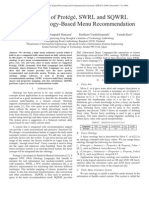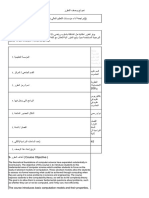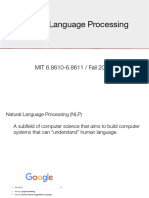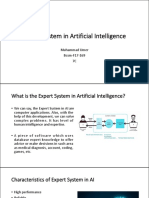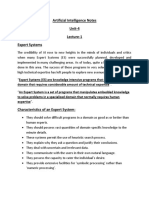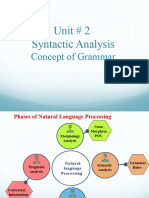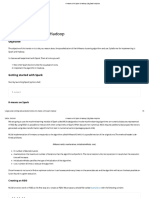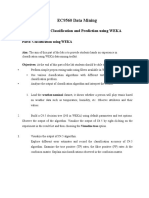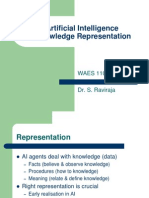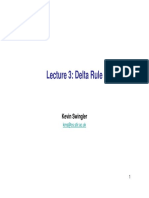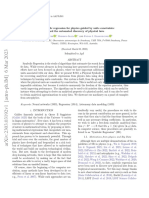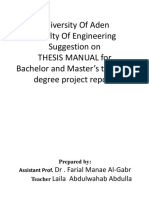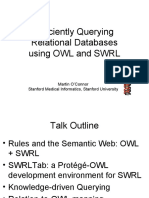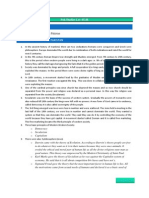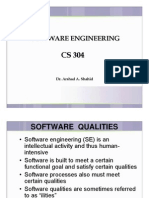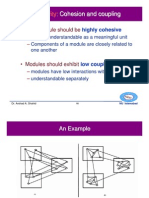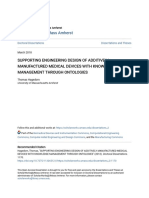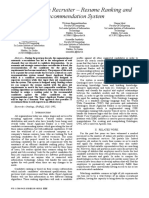100% found this document useful (4 votes)
10K views80 pagesSWRL Tutorial 01
The document discusses Semantic Web Rule Language (SWRL), which combines OWL ontologies and RuleML rules. SWRL allows users to write rules that can reason about OWL individuals and infer new knowledge. It introduces SWRLTab, a Protege plugin that allows editing and executing SWRL rules. However, Protege alone does not perform rule execution. The document therefore discusses the need for a rule engine to execute SWRL rules and how rules and facts from Protege can be translated and provided to a rule engine for reasoning.
Uploaded by
api-19981384Copyright
© Attribution Non-Commercial (BY-NC)
We take content rights seriously. If you suspect this is your content, claim it here.
Available Formats
Download as PPT, PDF, TXT or read online on Scribd
100% found this document useful (4 votes)
10K views80 pagesSWRL Tutorial 01
The document discusses Semantic Web Rule Language (SWRL), which combines OWL ontologies and RuleML rules. SWRL allows users to write rules that can reason about OWL individuals and infer new knowledge. It introduces SWRLTab, a Protege plugin that allows editing and executing SWRL rules. However, Protege alone does not perform rule execution. The document therefore discusses the need for a rule engine to execute SWRL rules and how rules and facts from Protege can be translated and provided to a rule engine for reasoning.
Uploaded by
api-19981384Copyright
© Attribution Non-Commercial (BY-NC)
We take content rights seriously. If you suspect this is your content, claim it here.
Available Formats
Download as PPT, PDF, TXT or read online on Scribd
/ 80
